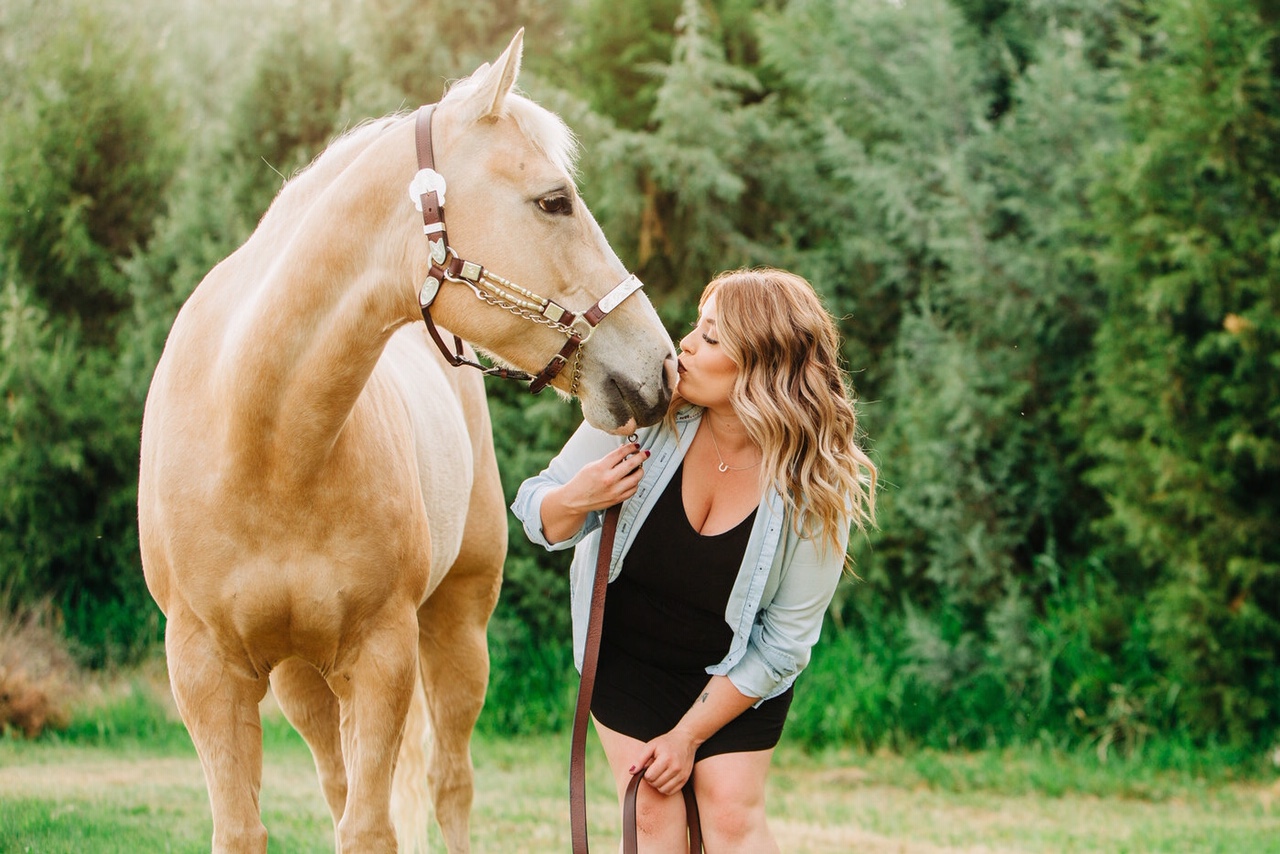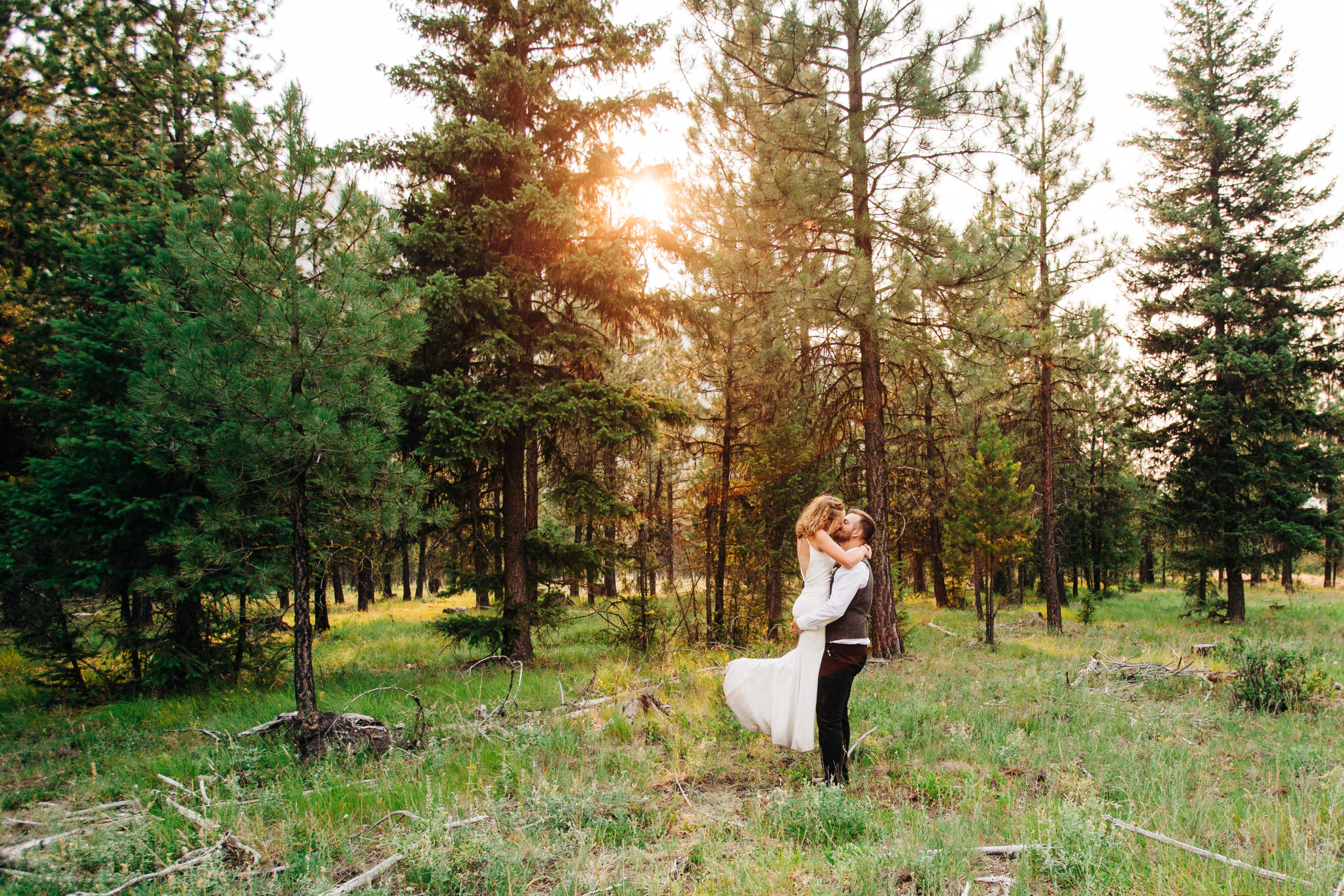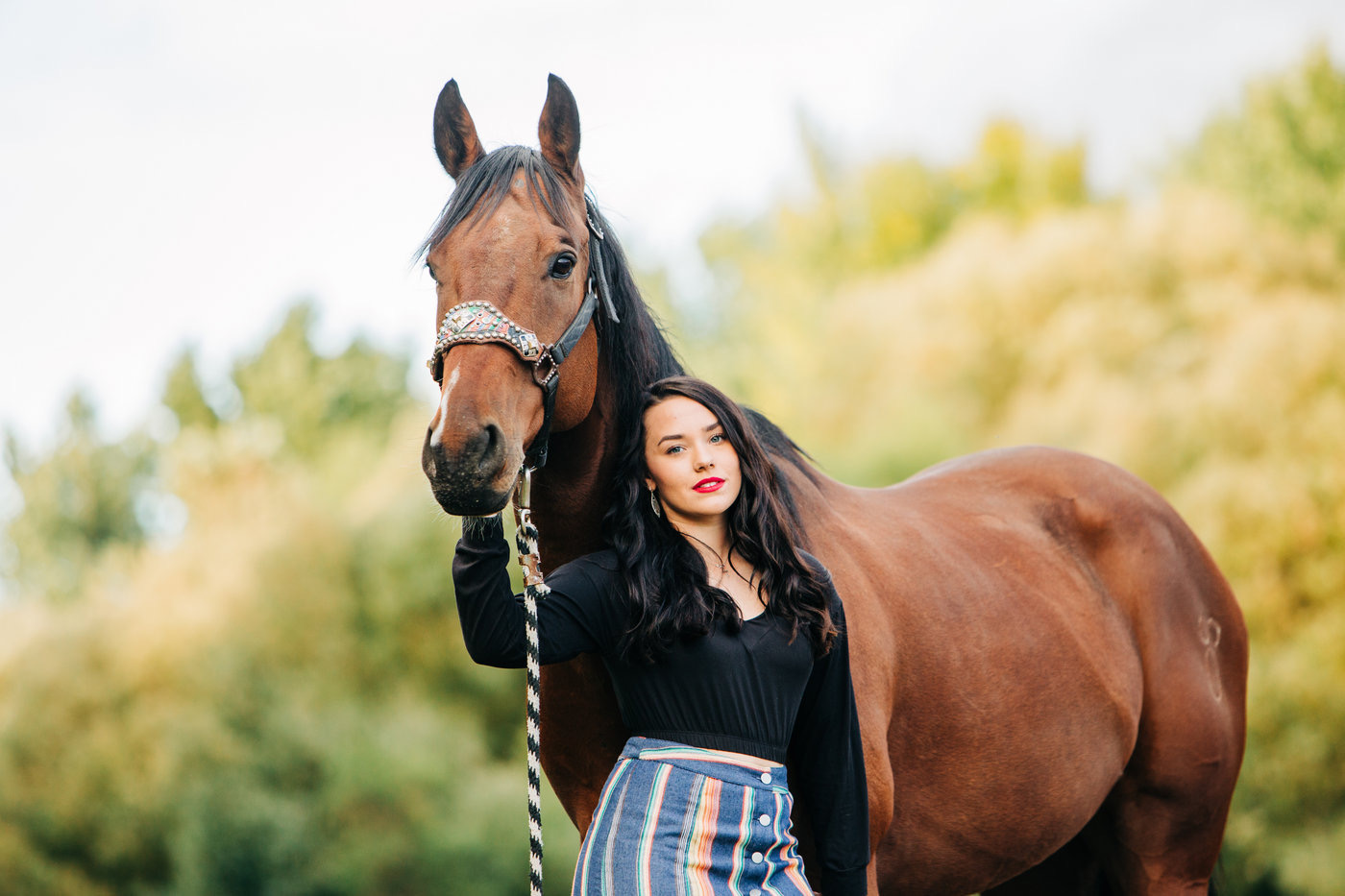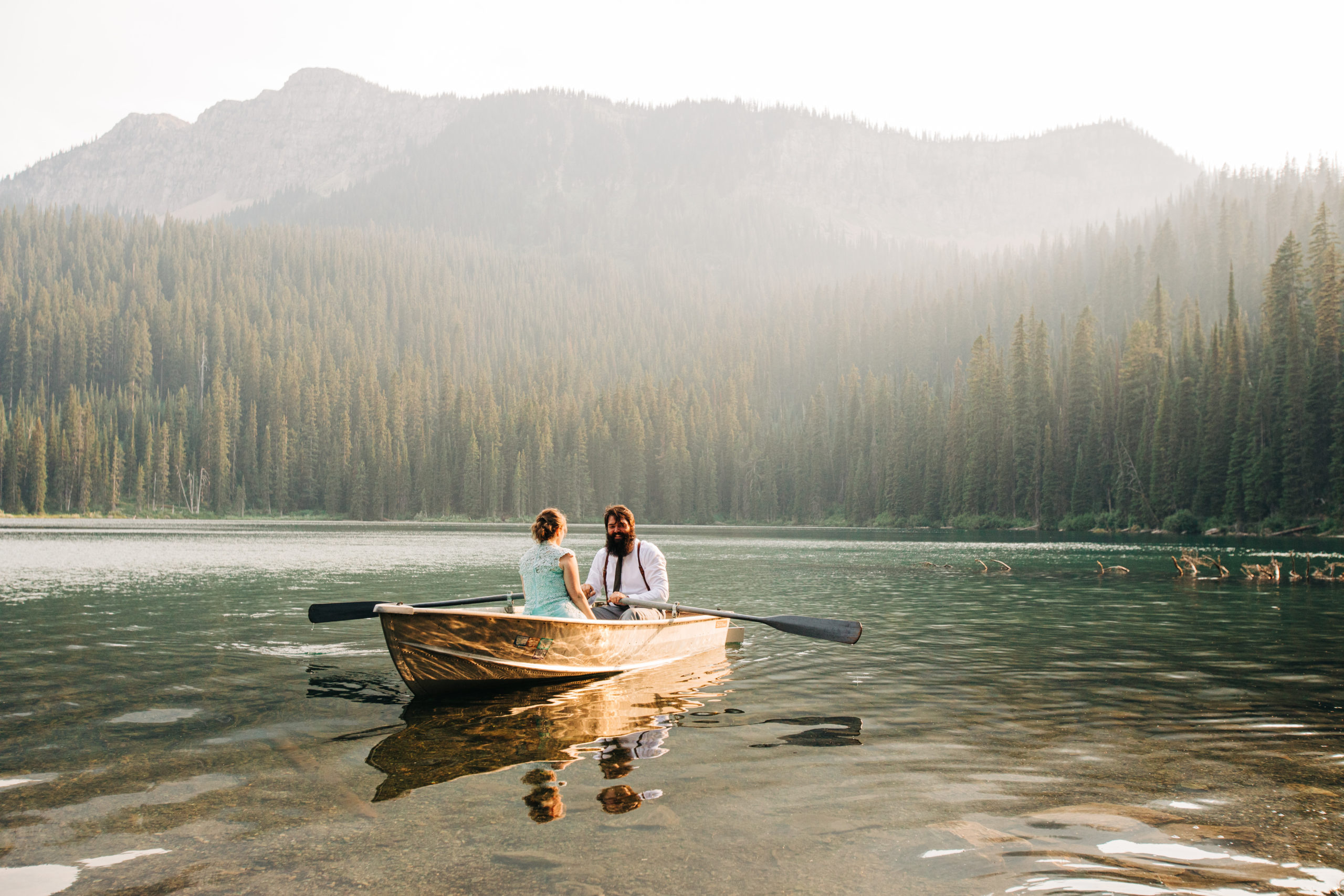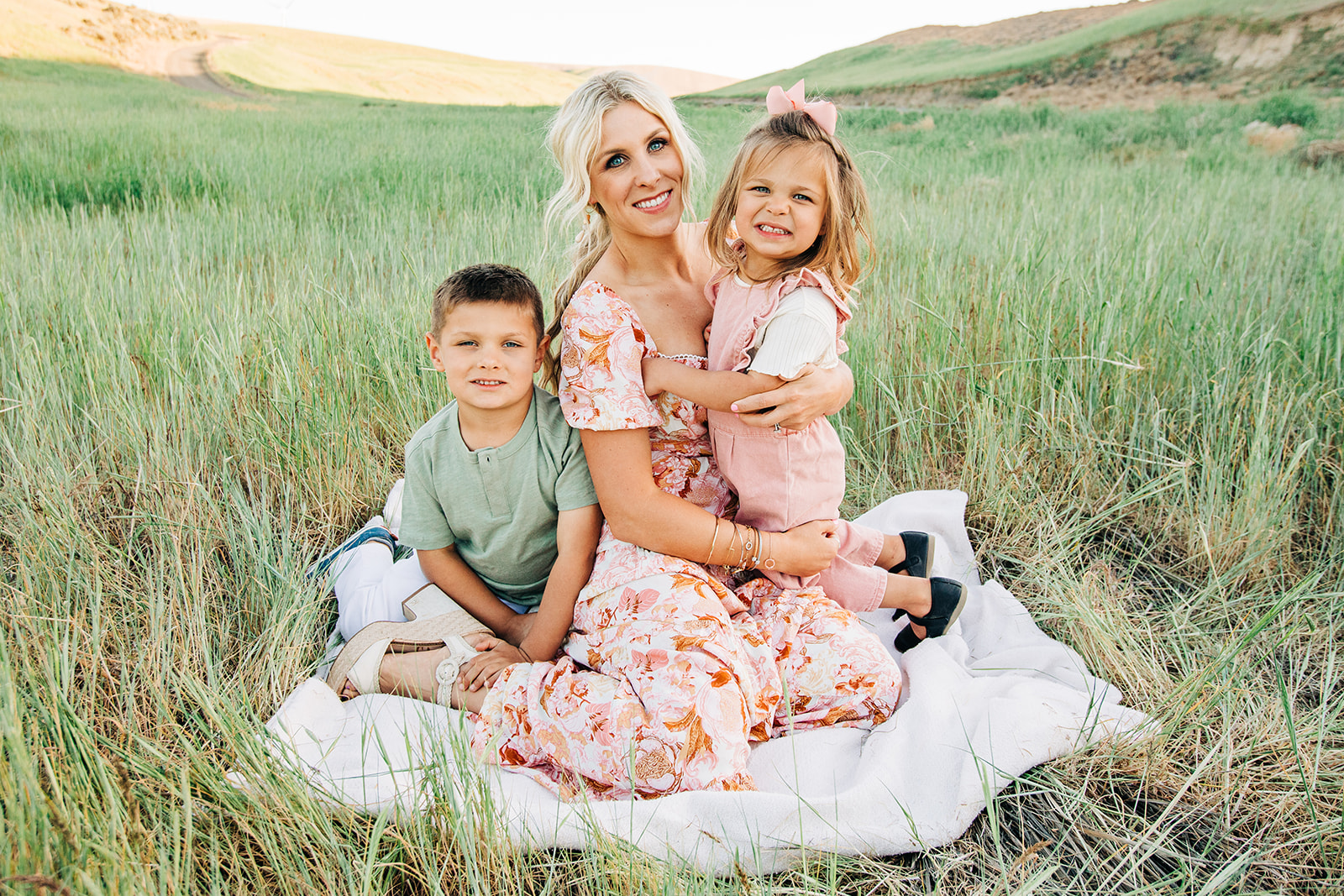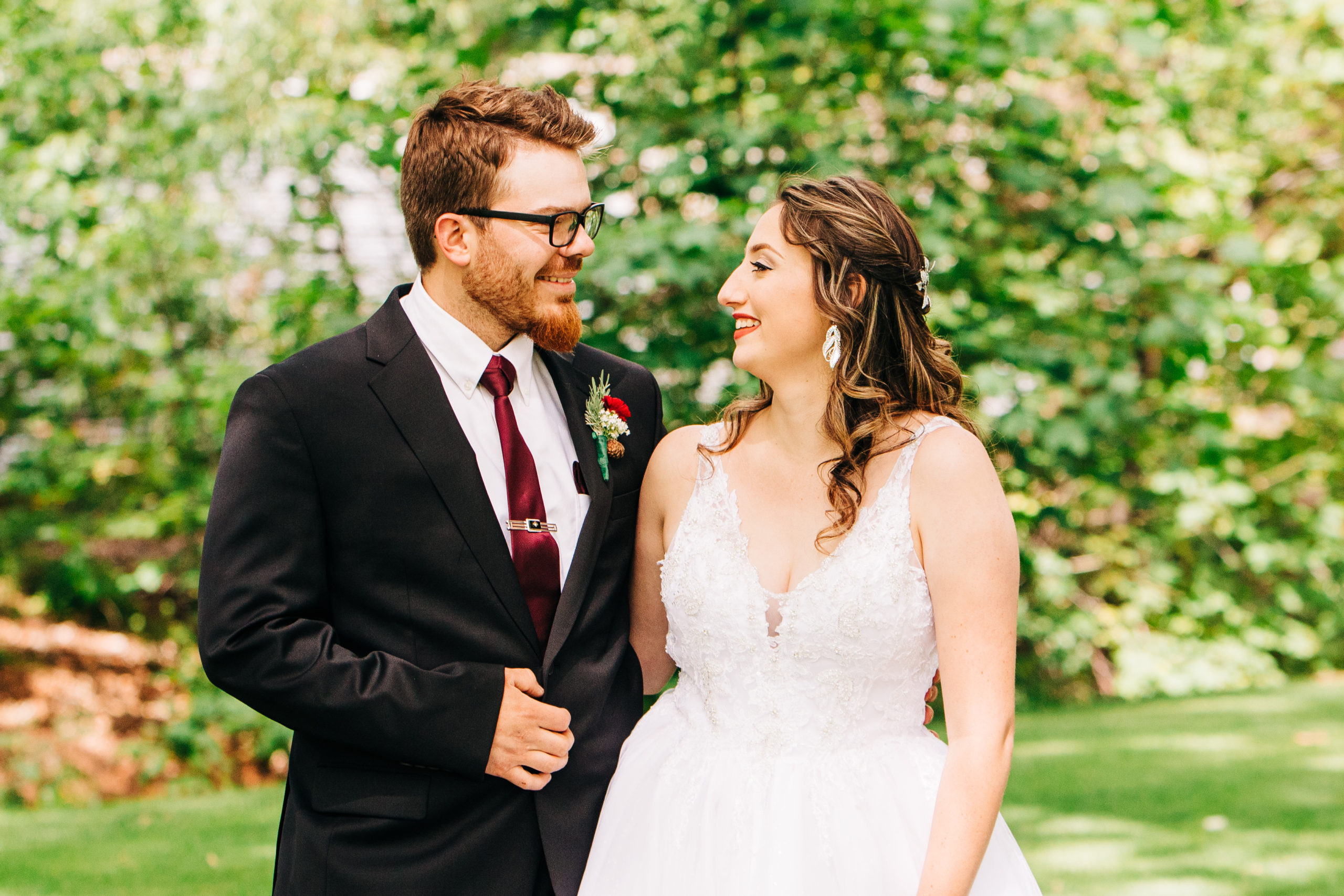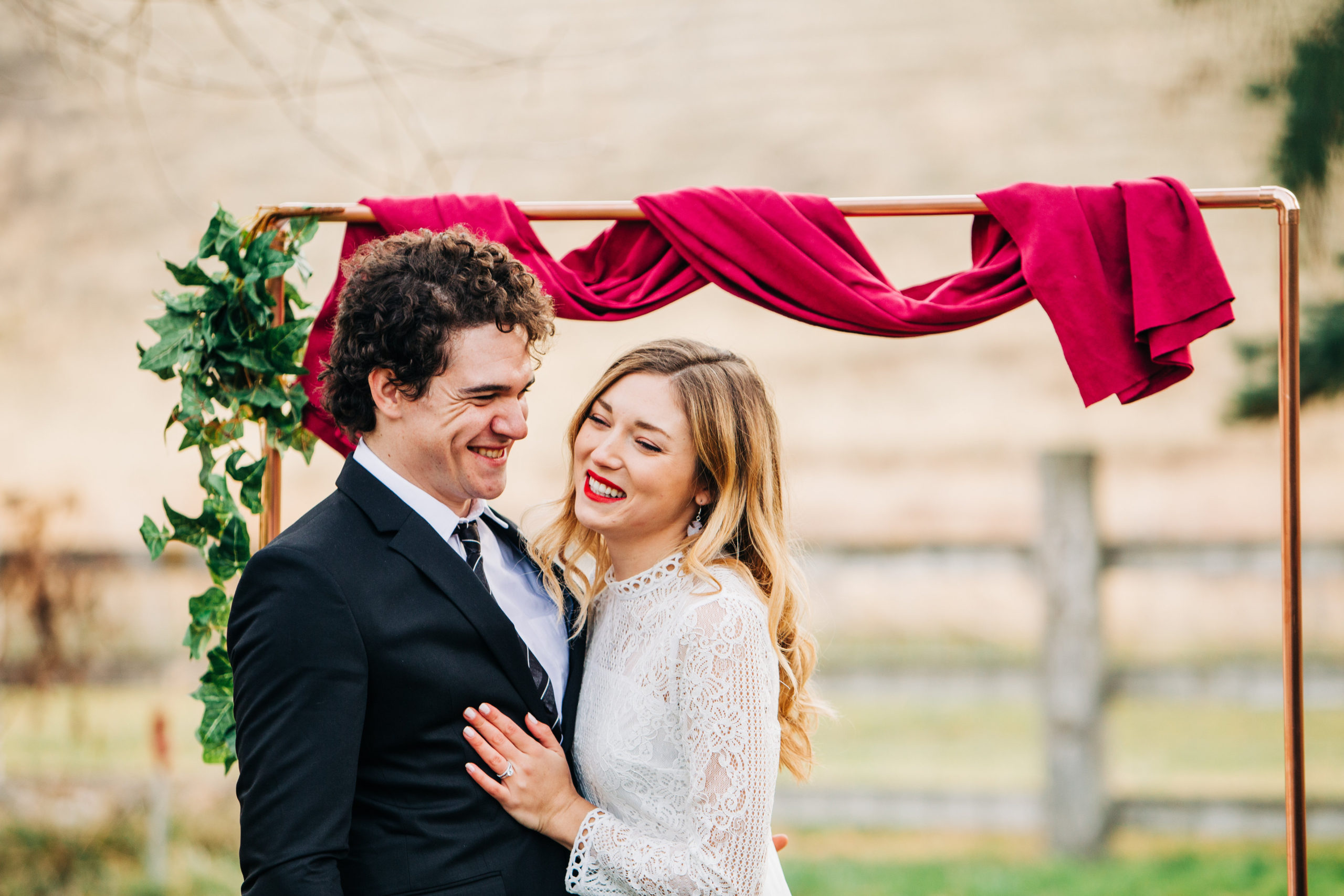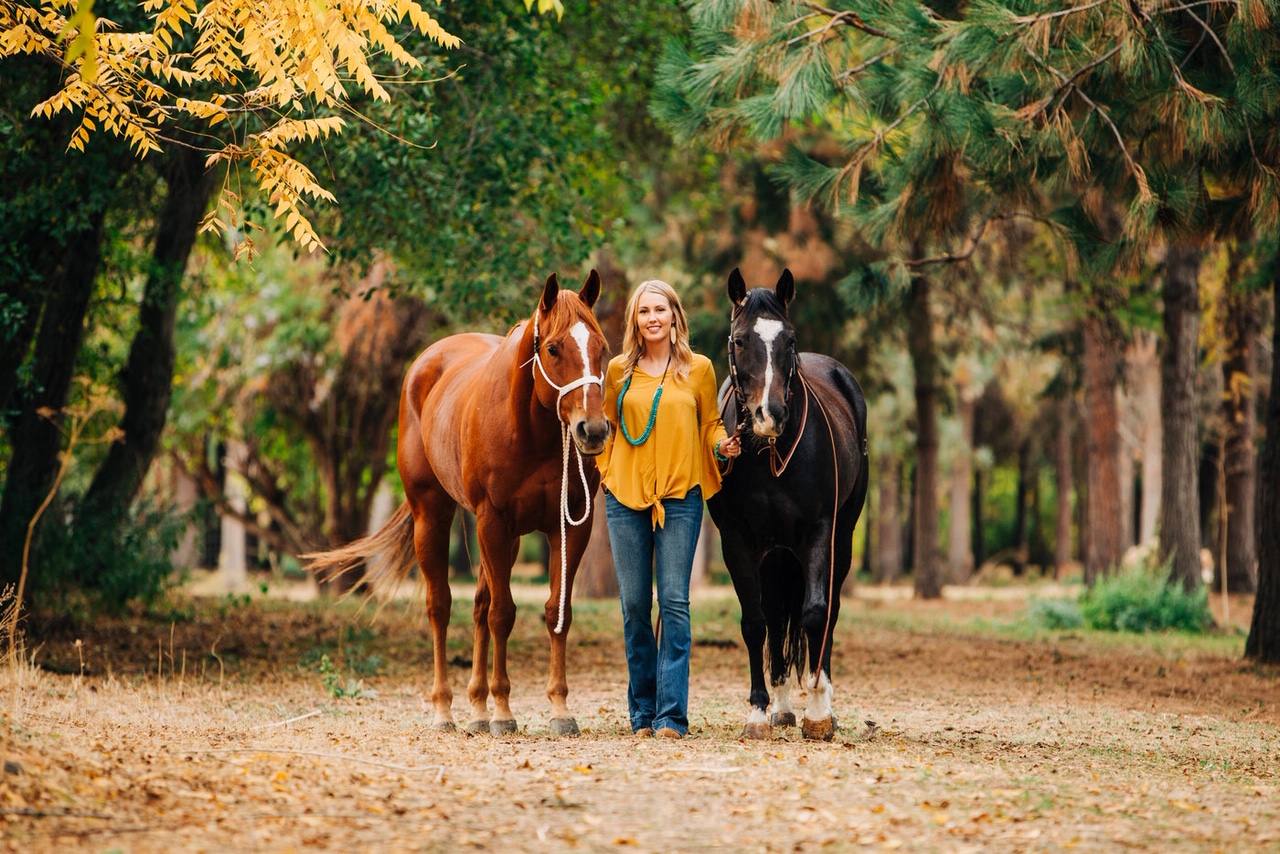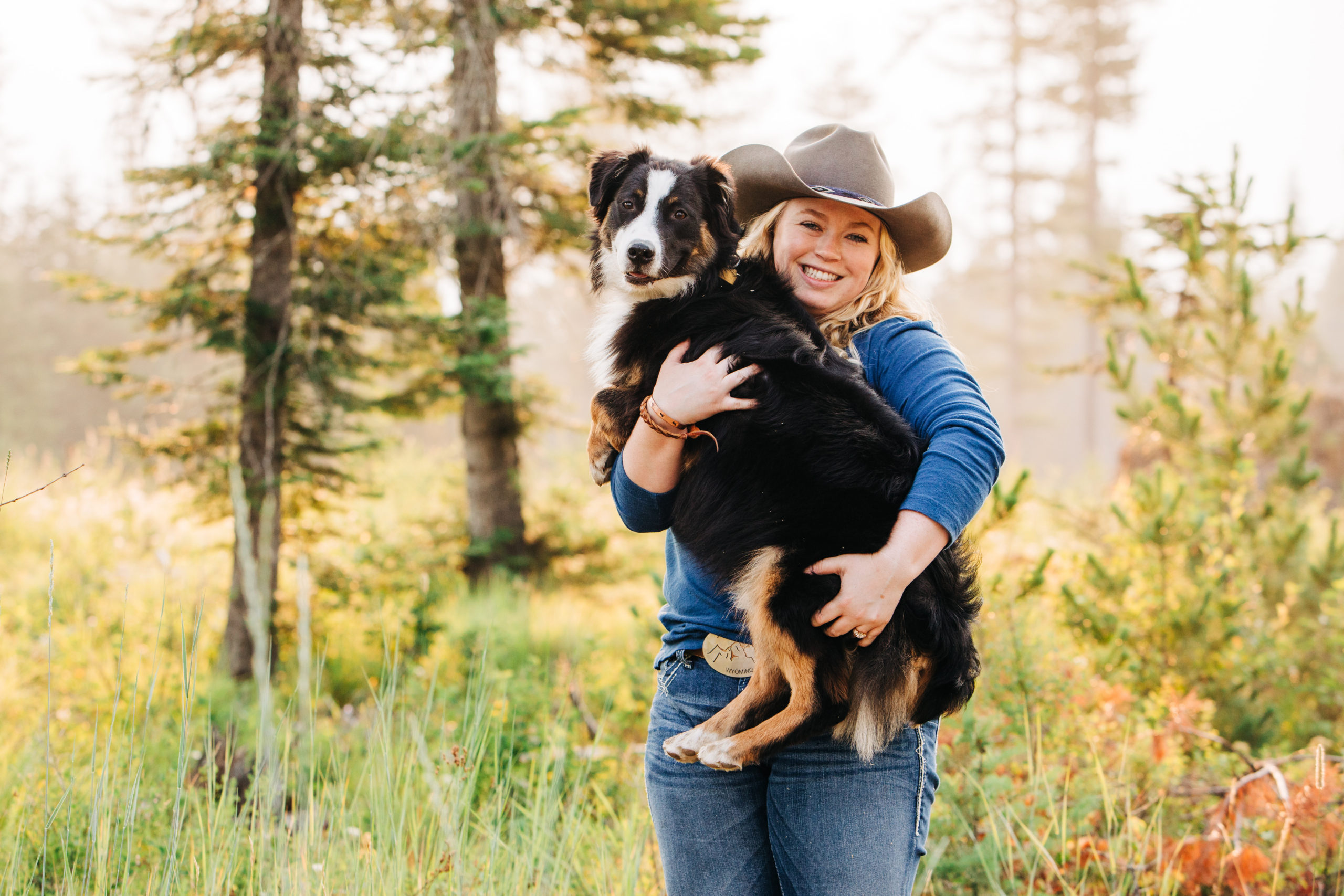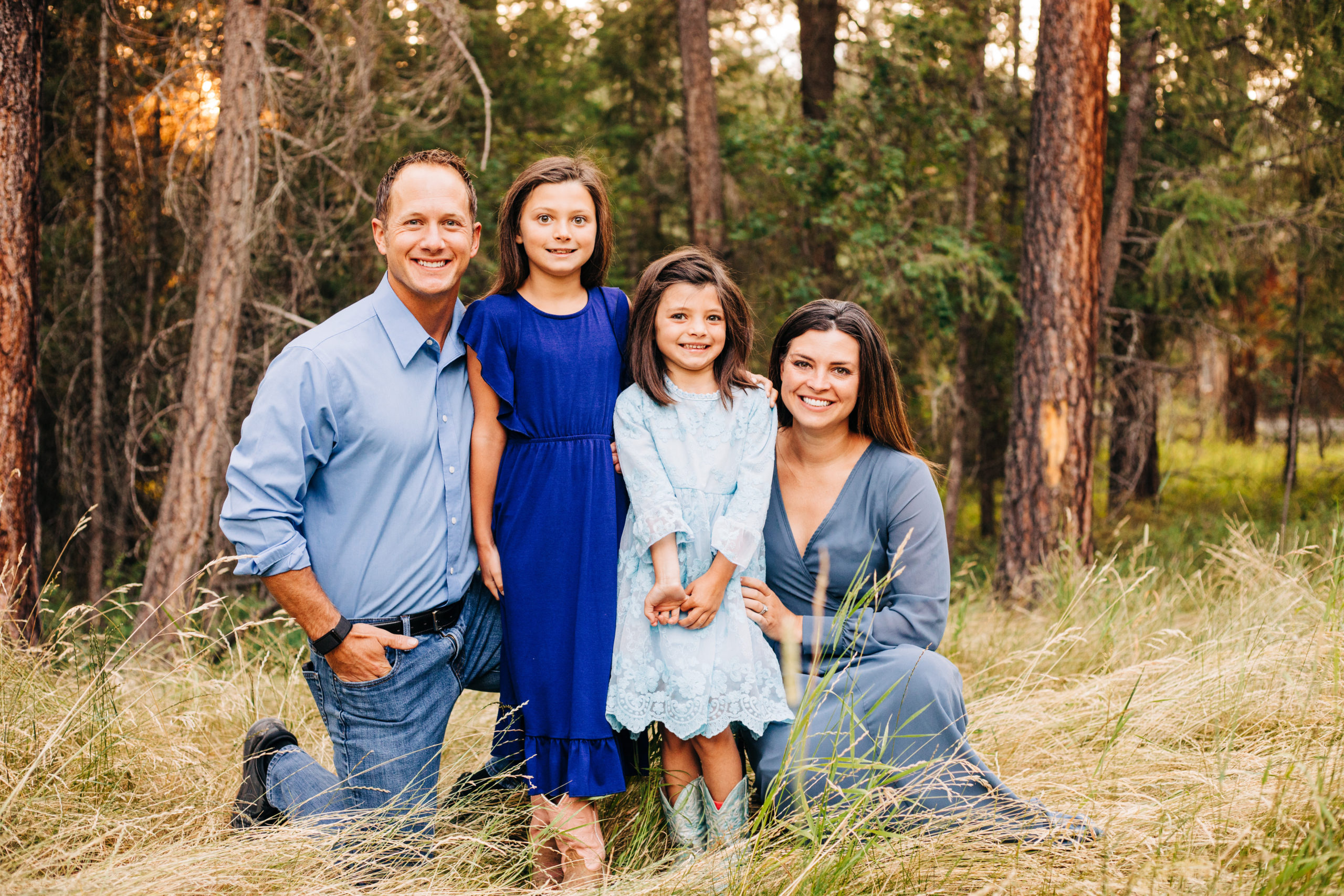I feel like I have to preface this post by saying I’m not an expert (in anything, really). I have adopted a grand total of one BLM mustang and it was quite a few years ago now. But I had done tons of research before doing so and after adopting my mustang (Jackson), I immersed myself in the “mustang community” for a long time.
The mustang seems to represent the “American Dream” for a lot of people; words like “wild” and “free” come to mind when you bring them up in conversation. You can find passionate people on both sides of the fence: those who are pro mustang roundup and adoption and those who are against it.
Regardless of what side of the fence you find yourself standing on, the Bureau of Land Management (BLM) monitors land-use and determines how many wild horses a particular area (Herd Management Area or HMA) can sustain. Then, they set out to essentially rehome the remainder of the horses above that sustainable number.
I’m hugely paraphrasing and simplifying, but you can find more information on their website as it pertains to their Wild Horse & Burro Program.
That’s not really why I’m writing this post. I’m writing this post because I want to share with you some of the different ways you can go about adopting or purchasing a BLM mustang to call your own.
1. Adopt a Wild Mustang
The first, and perhaps most well-known, way to get yourself a mustang is to adopt one straight from “the corrals“.

Generally mustangs coming from the off-range corrals have had minimal human contact and are, for all intents and purposes, wild.
Some of the pros for adopting a mustang from the corrals are:
- They are affordable. At only $125, the cost barrier has pretty much been removed.
- They vary. If you are patient, your “ideal” horse is probably out there. The horses vary in size, color, conformation, disposition, age… the possibilities are pretty much endless.
- They are a blank slate. You get to take this horse who has no experience with domestic life and show him how great it can be. You can gentle him down, earn his trust, and have a lifelong partner.
Some of the cons for adopting a mustang from the corrals are:
- As the map above shows, there may not be corrals near you.
- The adoption requirements, although fairly standard as far as horse-care goes, can be difficult to accommodate (the 6 foot fence comes to mind).
- Not everyone has the time or expertise to safely take on a wild animal.

2. Adopt From a TIP Trainer
If you are intimidated by the thought of bringing a wild horse home, you can adopt a “gentled” mustang from an approved TIP trainer. TIP stands for “Trainer Incentive Program” and it means that the trainer has been approved by the Mustang Heritage Foundation to gentle mustangs and then offer them to the public. A mustang is considered gentle when it is halter broke, can pick up all four feet, and will load/unload from a trailer.
The adoption requirements are usually still the same as when you bring a wild horse home from the corrals and (bonus!) the cost is still the same ($125).
3. Adopt From a Mustang Makeover (or similar event)
A third option is to adopt a “100-day” mustang from a Mustang Makeover event (or something similar).
The Mustang Heritage Foundation started these events to help raise awareness about the potential these mustangs have and increase demand/adoptions.
Approved trainers pick up their wild horses from the corrals and have a certain amount of time (generally 100 days or close to it) to prepare to ride their horse through a competition. The competition includes a handling and conditioning class, a mustang maneuvers class, and a trail class before the top-ten competitors are invited back for the freestyle finals. At the end of the competition, the mustangs are auctioned off.
Although you will end up paying considerably more money than adopting a horse from the corrals or a TIP trainer, you are getting a horse with a solid foundation from some of the top hands in the country.
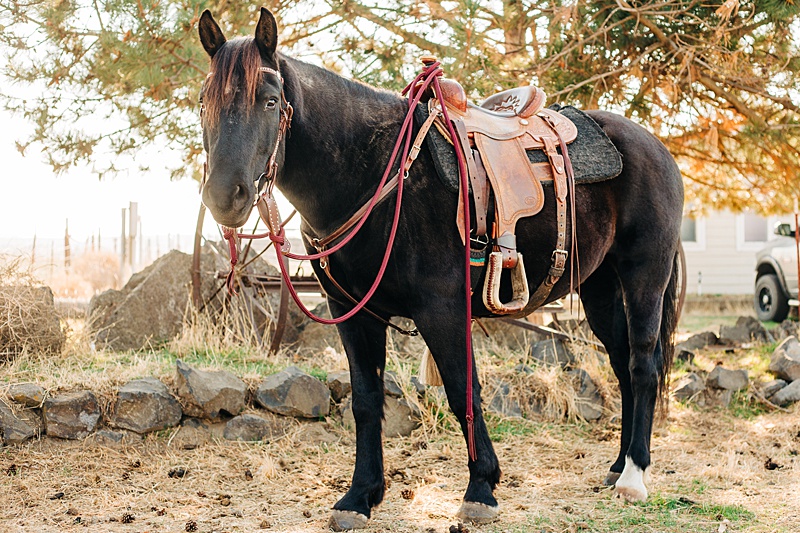
If you are in the market for a horse, adopting a mustang might be worth looking into. Although my adoption did not turn out the way I had “planned”, I’m grateful I had the chance to experience a wild horse (you can read blog posts about Jackson here and here).
Full disclosure: at this point in my life, I wouldn’t adopt another BLM mustang only because we have ventured into the world of breeding and raising quarter horses and at the end of the day, I only have so much time to dedicate to my horses and so much land to house them.

